City health
officials took steps Thursday toward opening the nation's
first legal safe-injection room, where addicts could shoot
up heroin, cocaine, and other drugs under the
supervision of nurses.
Hoping to reduce
San Francisco's high rate of fatal drug overdoses, the
public health department cosponsored a symposium on the only
such facility in North America, a four-year-old
Vancouver site where an estimated 700 intravenous
users a day self-administer narcotics under the
supervision of nurses.
''Having the
conversation today will help us figure out whether this is a
way to reduce the harms and improve the health of our
community,'' said Grant Colfax, director of HIV
prevention for the San Francisco Department of Public
Health.
Organizers of the
daylong forum, which also included a coalition of
nonprofit health and social service groups, acknowledge that
it could take years to get an injection center up and
running. Along with legal hurdles at the state and
federal level, such an effort would be almost sure to
face political opposition.
Bertha Madras,
deputy director of demand reduction for the White House
Office of National Drug Control Policy, called San
Francisco's consideration of such a facility
''disconcerting'' and ''poor public policy.''
''The underlying
philosophy is, 'We accept drug addiction, we accept the
state of affairs as acceptable,''' Madras said. ''This is a
form of giving up.''
Sixty-five
similar facilities exist in 27 cities in eight countries,
but no other U.S. cities have considered creating one,
according to Hilary McQuie, Western director for the
Harm Reduction Coalition, a nonprofit that promotes
alternative drug treatment methods.
''If it happens
anywhere in the U.S., it will most likely start in San
Francisco,'' McQuie said. ''It really just depends on if
there is a political will here. How long it takes for
that political will to develop is the main factor.''
Drug overdoses
represented about one of every seven emergency calls
handled by city paramedics between July 2006 and July 2007,
according to San Francisco Fire Department captain
Niels Tangherlini. At the same time, the number of
deaths linked to overdoses has declined from a high of
about 160 in 1995 to 40 in 2004, he said.
Colfax estimated
that there are between 11,000 and 15,000 intravenous
drug users in San Francisco, most of them homeless men. Like
many large U.S. cities, the city operates a
clean-needle exchange program to reduce HIV and
hepatitis C infections.
Advocates plan to
work on building community support for a safe-injection
center, including backing from Mayor Gavin Newsom and the
board of supervisors.
The mayor's
spokesman, Nathan Ballard, said Thursday that although he
does not want to discourage debate, he ''is not inclined to
support this program because, quite frankly, it may
create more problems than it supposedly addresses.''
In Switzerland,
Spain and other European countries with such programs,
the sites have been placed in existing public health clinics
and created as stand-alone centers, said Andrew
Reynolds, a program coordinator with San Francisco's
city-run sexually transmitted diseases clinic.
Possible
locations for opening one in the city include homeless
shelters, AIDS clinics, or drug treatment centers, he
said.
''They aren't
these hedonistic dens of iniquity,'' Reynolds said. ''There
is no buying or selling of drugs on the premises. Staff do
not assist in injections.''
While it's too
early to tell what the room in San Francisco would look
like, Vancouver's InSite program is on the upper floor of a
low-rise building in a downtown neighborhood where
drug users shoot up in the open.
The site, exempt
from federal drug laws so users can visit without fear
of arrest, has 12 private booths where addicts inject drugs
such as heroin, cocaine, or crystal. They can use
equipment and techniques provided by the staff, and
then relax with a cup of coffee or get medical
attention in the ''chill out'' room where they are observed,
said program coordinator Sarah Evans.
''It looks kind
of like a hair salon,'' Evans said of the bustling space.
''If we were a restaurant, we would be making a profit.''
While 800
overdoses have occurred on the premises, none resulted in
death because of the medical supervision provided at
InSite, said Thomas Kerr, a University of British
Columbia researcher who has extensively studied the
program. His research also has shown an increase in addicts
seeking drug treatment and a decrease in abandoned
syringes, needle-sharing, drug-related crime, and
other problems since the clinic opened, he said.
The results
indicate the idea is worth replicating, despite the
criticism it may attract, Kerr said.
''I prefer the
approach of the Vancouver Police Department, which was:
'We don't like the idea of this, but let's look at the
evidence and at the end of three years we will tell
you either this is something we can support or it's
something we can't support,''' he said.
Temple University
law professor Scott Burris told the audience at
Thursday's forum that a supervised injection room would seem
to run afoul of federal drug possession laws and a
state statute that makes it illegal to operate a crack
house or any place where drugs are used, but only if
the police and federal agents enforce them.
He cited as an
example California's medical marijuana law, which has
allowed pot dispensaries to flourish but at the risk of
being raided by federal authorities.
''The law isn't a
barrier,'' Burris said. ''The issue of whether it's
legal doesn't come up until somebody is arrested.'' (Lisa
Leff, AP)
































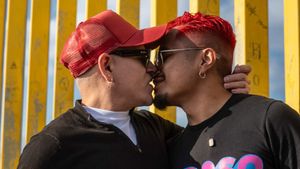



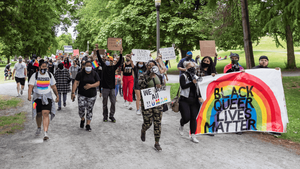




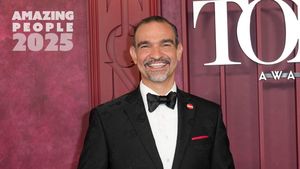




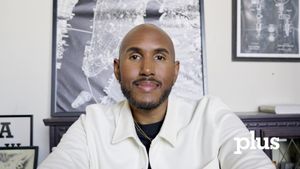



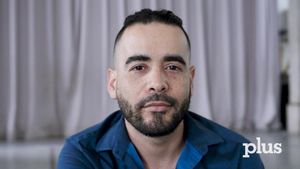








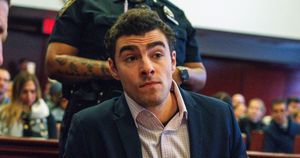


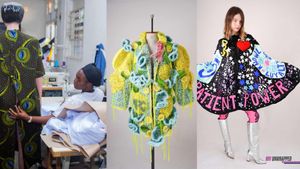

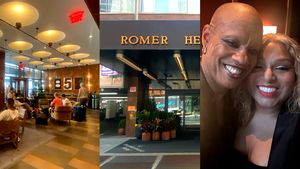
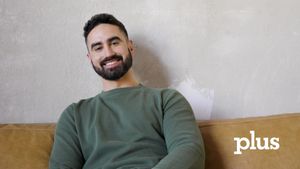
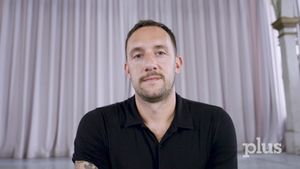

Charlie Kirk DID say stoning gay people was the 'perfect law' — and these other heinous quotes